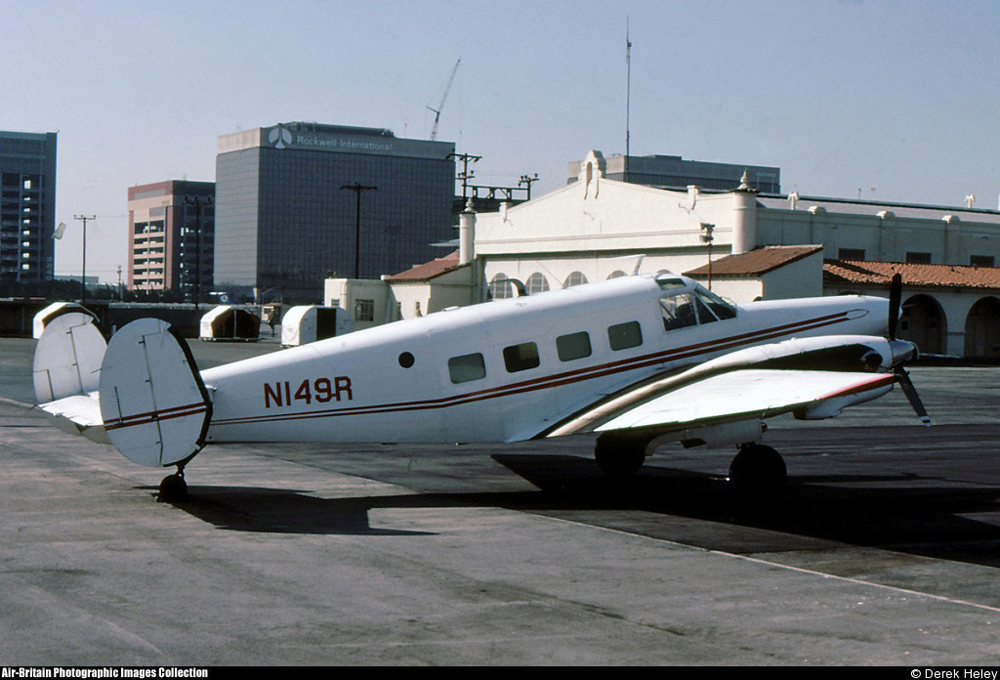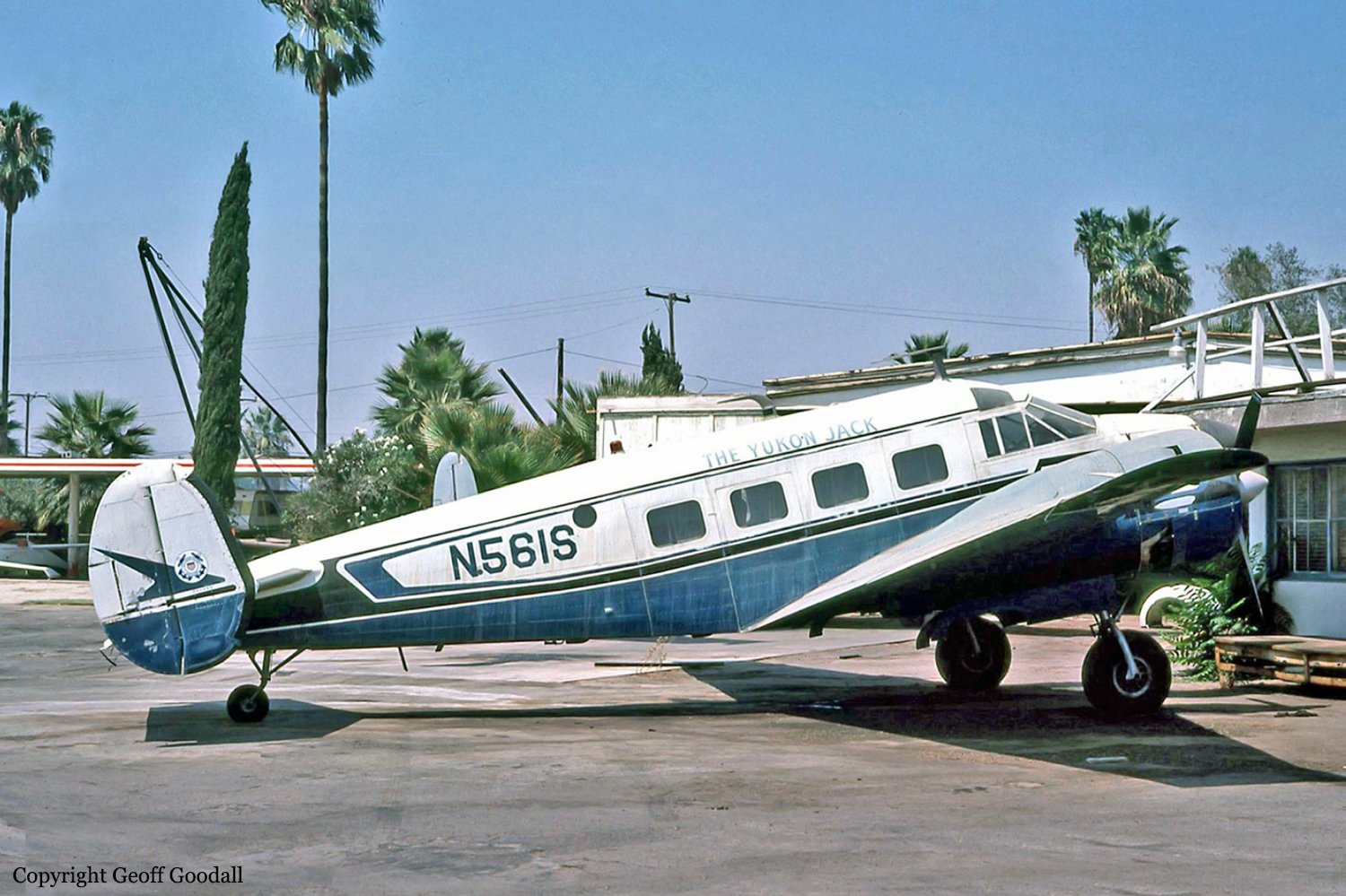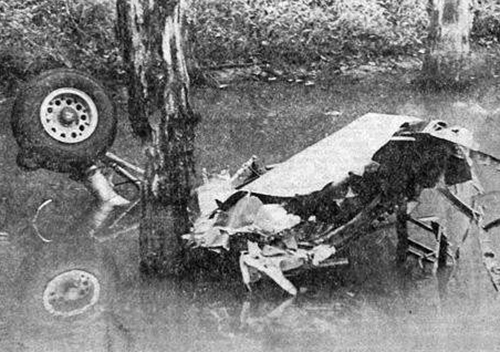Crash of a Cessna 402C in Chicago: 1 killed
Date & Time:
Jul 20, 1987 at 2219 LT
Registration:
N3742C
Survivors:
No
Schedule:
Chicago - Kansas City
MSN:
402C-0600
YOM:
1974
Crew on board:
1
Crew fatalities:
Pax on board:
0
Pax fatalities:
Other fatalities:
Total fatalities:
1
Aircraft flight hours:
2597
Circumstances:
On initial climb the pilot reported 'just lost one', followed by a loss of control and descent into a residential area. Subsequent investigation revealed a loose connection between the left engine throttle serrated washer and the serrated shaft. The engine had been removed and reinstalled a few flight hours prior to the occurrence. The pilot, sole on board, was killed.
Probable cause:
The NTSB determines the probable cause(s) of this accident to be:
Failure of maintenance personnel to perform proper installation of the left throttle linkage.
Findings:
Occurrence #1: airframe/component/system failure/malfunction
Phase of operation: takeoff - initial climb
Findings
1. (c) induction air control, linkage - loose
2. (c) maintenance, installation - improper - other maintenance personnel
----------
Occurrence #2: loss of control - in flight
Phase of operation: takeoff
Findings
3. (c) propeller feathering - not performed - pilot in command
4. (c) airspeed (vmc) - disregarded - pilot in command
5. (f) light condition - dark night
----------
Occurrence #3: in flight collision with terrain/water
Phase of operation: descent - uncontrolled
Findings
6. Object - wire, static
7. Object - building (nonresidential)
Failure of maintenance personnel to perform proper installation of the left throttle linkage.
Findings:
Occurrence #1: airframe/component/system failure/malfunction
Phase of operation: takeoff - initial climb
Findings
1. (c) induction air control, linkage - loose
2. (c) maintenance, installation - improper - other maintenance personnel
----------
Occurrence #2: loss of control - in flight
Phase of operation: takeoff
Findings
3. (c) propeller feathering - not performed - pilot in command
4. (c) airspeed (vmc) - disregarded - pilot in command
5. (f) light condition - dark night
----------
Occurrence #3: in flight collision with terrain/water
Phase of operation: descent - uncontrolled
Findings
6. Object - wire, static
7. Object - building (nonresidential)
Final Report:










